Felling in Kosciuszko National Park for Snowy 2.0 sparks anger
From the air and from the ground it’s an unexpected sight: kilometres of native forest felled and bulldozed along pristine slopes and ridges in one of the country’s most beloved national parks.
From the air and from the ground it’s an unexpected sight: kilometres of native forest felled and bulldozed along pristine slopes and ridges in one of the country’s most beloved national parks.
And yet here it is, a cemetery of fallen trees leaving an ugly scar through a swath of Kosciuszko National Park in the northern reaches of the Australian Alps.
Snow gums, ribbon gums, red gums and native shrubs – habitat for myriad threatened creatures – have been flattened to make way for power lines to connect the beleaguered $12bn Snowy 2.0 pumped-hydro project to the national energy grid.
Soon, concrete footings will anchor a double row of 75m-high steel towers looped with wires that will traverse 8km of the park and about a kilometre of adjoining Bago State Forest where a substation is under construction. From there it will connect to Humelink, the controversial 360km high-voltage line planned for southern NSW.
Beyond the conspicuous defacement of a section of the national park, environmentalists are asking bigger questions: if governments can approve this level of destruction to a sacrosanct place such as Kosciuszko in the name of green energy, are any protected areas safe?
This is rugged country in one of the more remote corners of the park where densely forested peaks hide in low clouds and an orchestra of birdsong carries on the breeze. National parks crusader Ted Woodley describes it as a majestic place, which is why this jagged scar provides such a visual jolt, a “what-the-hell-happened-here” moment.
On a visit to the area east of Tumbarumba last week, fallen trees were piled along the edge of the cleared easement or left lying where they fell, with a few denuded trunks still standing. In the rubble, a wild mare and her foal were the only signs of life. No birdsong here. Mr Woodley, an executive member of the National Parks Association of NSW, also surveyed this scene recently and was disappointed but not surprised.
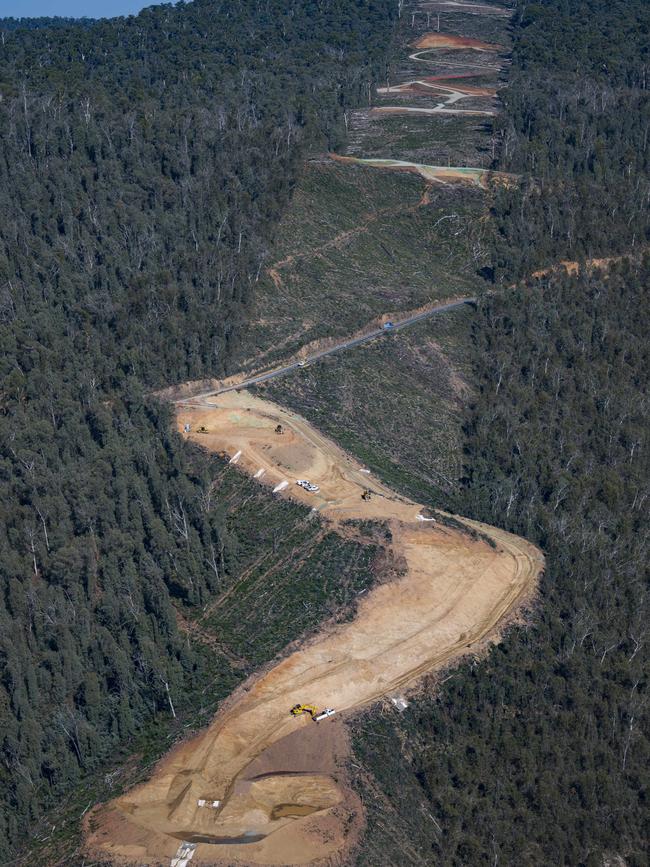
“It’s an environmental nightmare but we knew this would happen. The tragedy is that the destruction of this pristine alpine landscape is totally unnecessary,’’ he says.
Mr Woodley claims sections of the construction site already show signs of erosion and seeding of weeds. The NPA will call on the NSW government to investigate.
The transmission network operator, Transgrid, says extensive design work was undertaken to minimise clearing and the approved project is subject to regular independent audits and NSW government site inspections to ensure compliance.
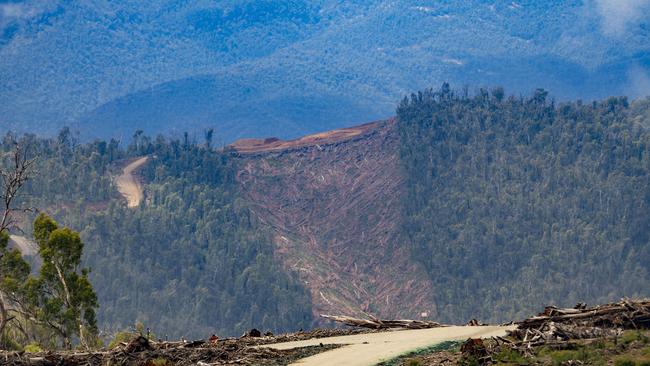
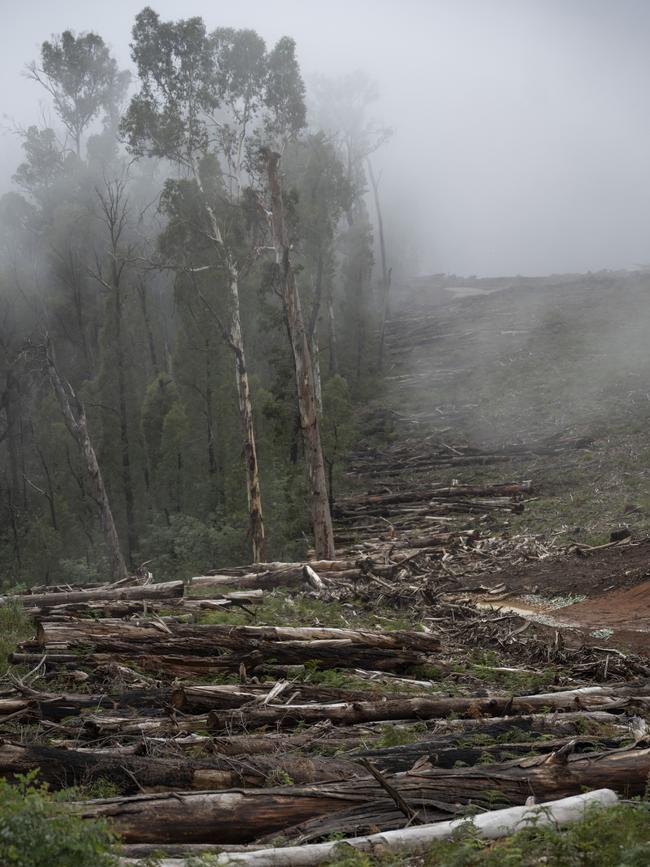
Whatever the case, this incursion into the northern reaches of the national park is exactly what the NPA and others spent years fighting to prevent. The 2006 statutory management plan for Kosciuszko banned new overhead transmission lines, directing that they must instead run underground. Where feasible, existing power lines should be moved underground too, the plan said.
The park has endured years of human impact from resorts and the original Snowy hydro scheme and the large footprint of the newer Snowy 2.0 construction site.
Supporters believed the plan of management at least protected it from further assault by prohibiting long spans of new wires and towers that would fragment habitat and spoil the character of pristine areas. “Overhead lines would cause environmental impacts that are totally incompatible with the national and international significance of Kosciuszko National Park,” the NPA told the previous NSW Coalition government in a 2021 letter backed by two dozen organisations and 50 engineers, scientists, environmentalists, academics and economists.
However, Transgrid insisted the overhead option was the most viable and cost-efficient model, and the previous NSW government, supported by its energy minister, Matt Kean, duly issued an exemption to the park plan.
In October 2022, five months into its first term, the Albanese government gave final environmental approvals and nothing, not even a court challenge mounted by the NPA against the NSW government, would stop it.
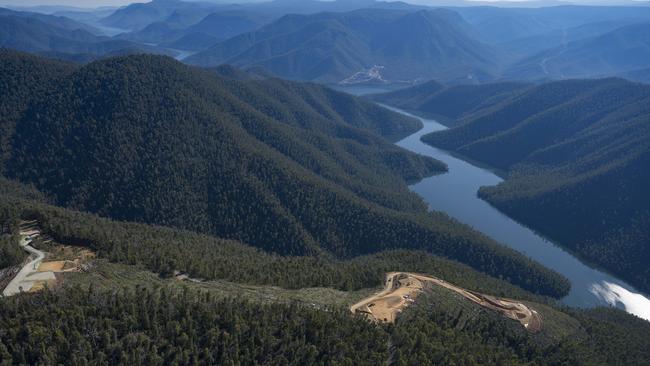
“And so for the first time in half a century we’ll have these environmentally destructive overhead lines built through a NSW national park when in other countries it’s the norm to put them underground. It sets an appalling precedent,’’ Mr Woodley says.
He recently visited the area with Cooma resident Peter Anderson, who, like Mr Woodley, has been monitoring the easement clearing with growing concern. “Why designate and set aside a national park and then do this?’’ he said. “You look at this and can see that it’s wrong.’’
In the grand scheme of things, does clearing a long ribbon of land amounting to about 125ha in a 690,000ha park really matter? In the race to reduce emissions and power the nation, is this scar through the park a necessary evil?
Jamie Pittock, a professor in the Fenner School of Environment and Society at the Australian National University supports pumped-storage hydropower but said the overhead transmission lines were a step too far when there was a feasible, albeit more costly, underground alternative.
“You can say, well, yes, it’s a small part of the national park. It’s also one of the most remote parts of the park. This [project] means roads have been developed and land has been cleared, which brings things like weed invasion and enables more effective hunting by predators like cats and foxes,” he said.
Fragmenting the habitat poses a major threat to some species, such as gliders, that won’t cross wide clearings. “So this very deleteriously impacts what was a remote area and it also sets a nasty precedent,” Professor Pittock says.
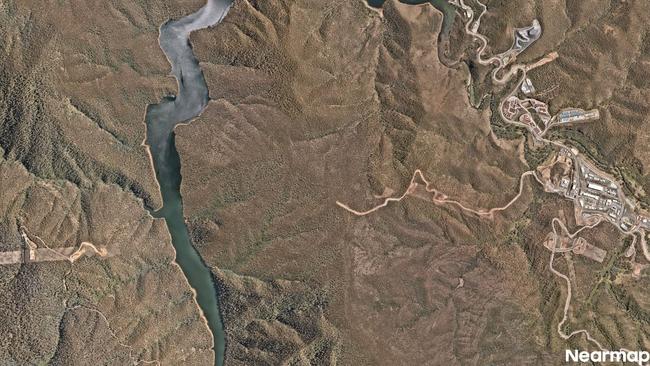
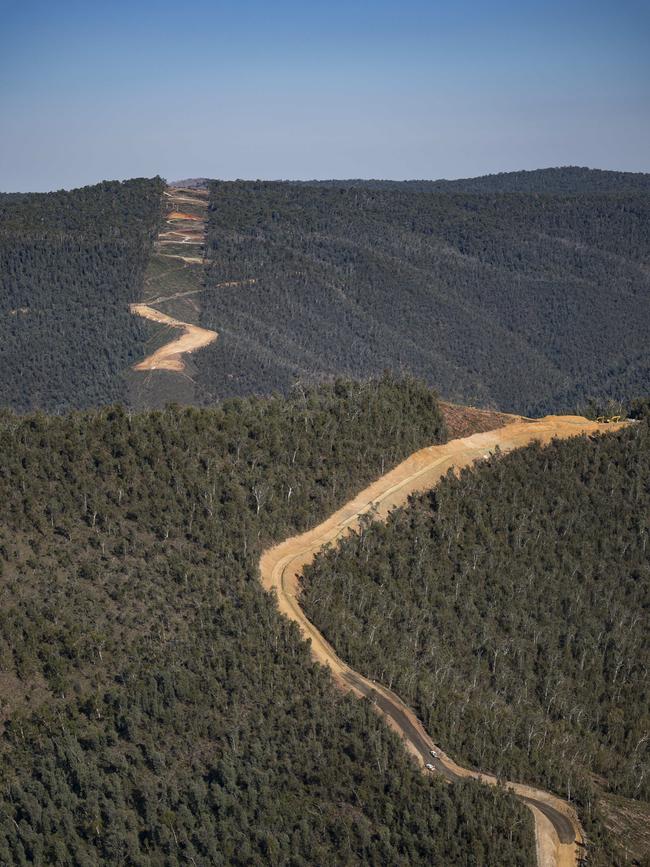
Mr Woodley, a former senior energy executive, agrees. If overhead transmission lines are allowed through an iconic park like Kosciuszko what is the likelihood other proposals could be waved through in the future?
What hope is there for other wild areas that stand in the path of key infrastructure for the mammoth renewables transition? Ecologists and some environmental groups have already sounded the alarm about hundreds of wind turbines along the Great Dividing Range in Queensland that require widespread clearing of forests.
Former Queensland government principal botanist Jeanette Kemp last year warned of significant degradation of remote and ecologically important ranges to make way for wind farms.
In Kosciuszko, the high biodiversity values of the area cleared for the 42 towers and 120-200m-wide easements have never been in question. A visual impact assessment noted the wires would traverse undisturbed and mountainous terrain and forested valleys in what is the only true alpine environment in NSW.

Various environment reports have identified a list of threatened wildlife in the area, including yellow-bellied gliders, eastern pygmy possums, gang gang cockatoos and various owls and frogs. Transgrid’s contractors have to follow strict rules before clearing and take particular care around breeding habitats, mechanically nudging suspect trees “to encourage any remaining animals to either leave, or at least attempt to leave and therefore become visible …”
A Transgrid spokesman said ecologists monitored for native wildlife for 28 days before clearing started and had plans to manage or relocate wildlife during works.
The spokesman said comprehensive environmental, biodiversity and heritage management plans were implemented to minimise damage, and vegetation had been preserved on more than 23 per cent of the easement. The clearing for the transmission link is on top of the footprint of Snowy 2.0 that connects the existing hydro reservoirs through 27km of tunnels and a new underground power station, all being constructed in the national park.
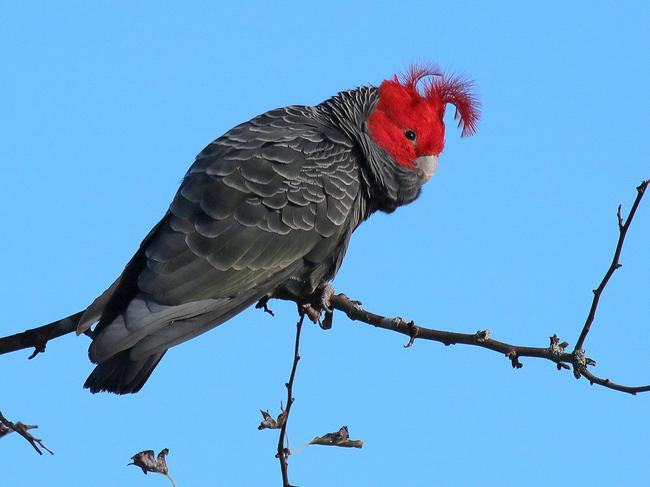
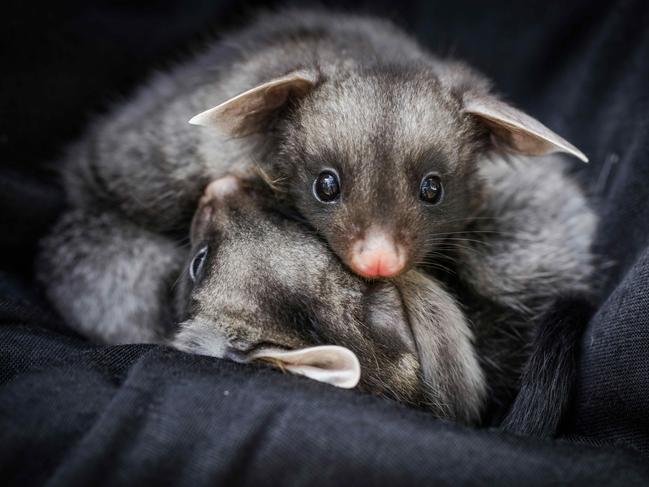
Professor Pittock says Snowy 2.0 and the transmission connection should never have been assessed and approved separately; they should have been considered as one project which would have allowed examination of the cumulative environmental impact.
“It’s very disappointing that it’s ended up like this. As a scientist who favours pumped storage hydropower, I think the way the Snowy 2.0 environmental approvals have been managed gives the industry a bad name, and that’s a shame, because there can be much higher quality pumped storage developments, and the country needs them.”
Professor Pittock believes underground power lines were technically feasible. “It would have cost three times, four times more than going overhead. But on the scale of the Snowy 2.0 development as a whole, it’s a pretty modest cost and would have much less environmental impact. I think that it would have been worth paying that to keep that large wild corner of the national park intact,’’ he says.
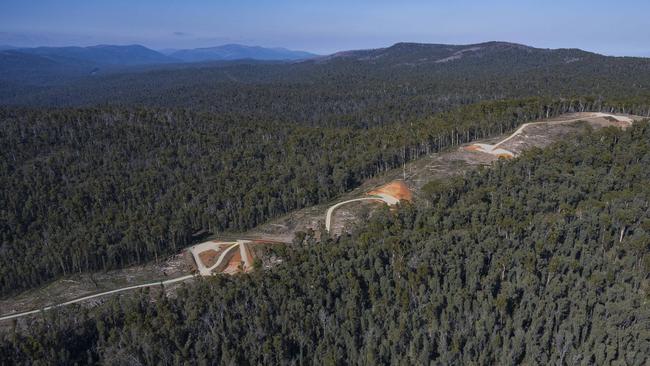
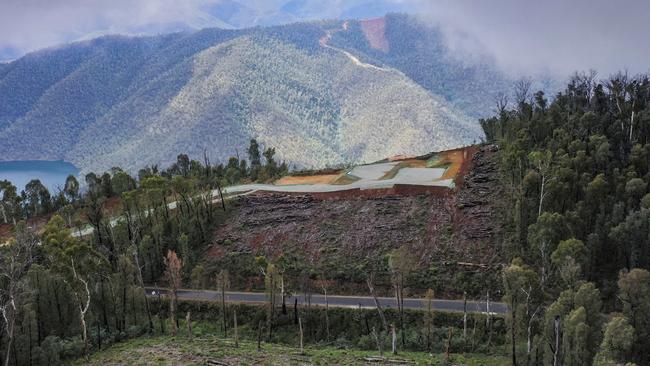
The Transgrid spokesman said the steep mountainous terrain and significant water bodies rendered underground approaches unfeasible. He said the overhead option had been subject to a comprehensive environmental impact statement process.
“While we make every effort to reduce vegetation clearing, we are balancing the need to deliver critical transmission infrastructure to ensure the security and reliability of the national electricity grid,” he said.
Mr Woodley said Transgrid might come to regret the overhead option. “This is a very, very steep mountainside and they’re going to have to maintain the access tracks and the easements and the weeds. This is going to be a management nightmare for Transgrid forever,’’ he said.






To join the conversation, please log in. Don't have an account? Register
Join the conversation, you are commenting as Logout